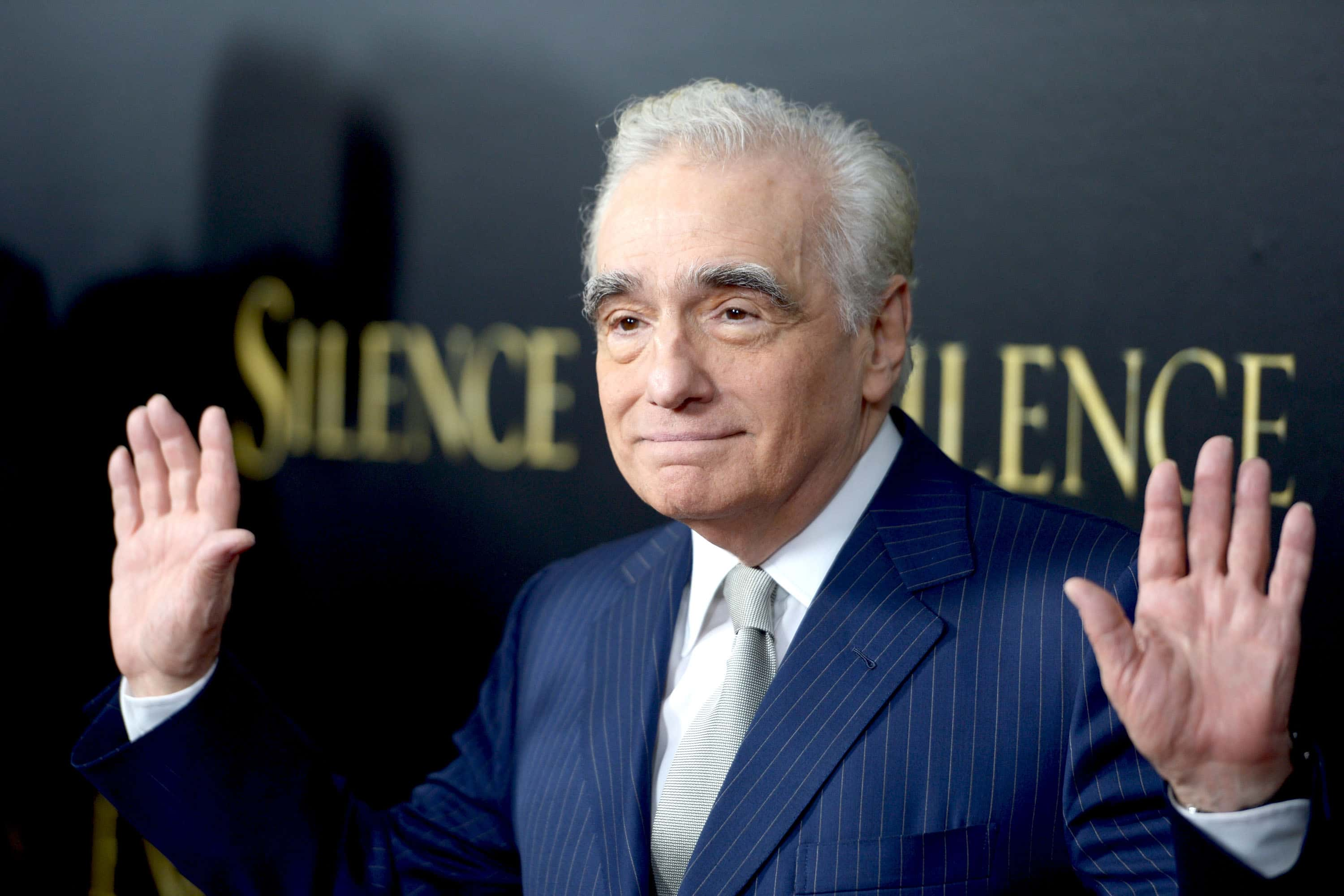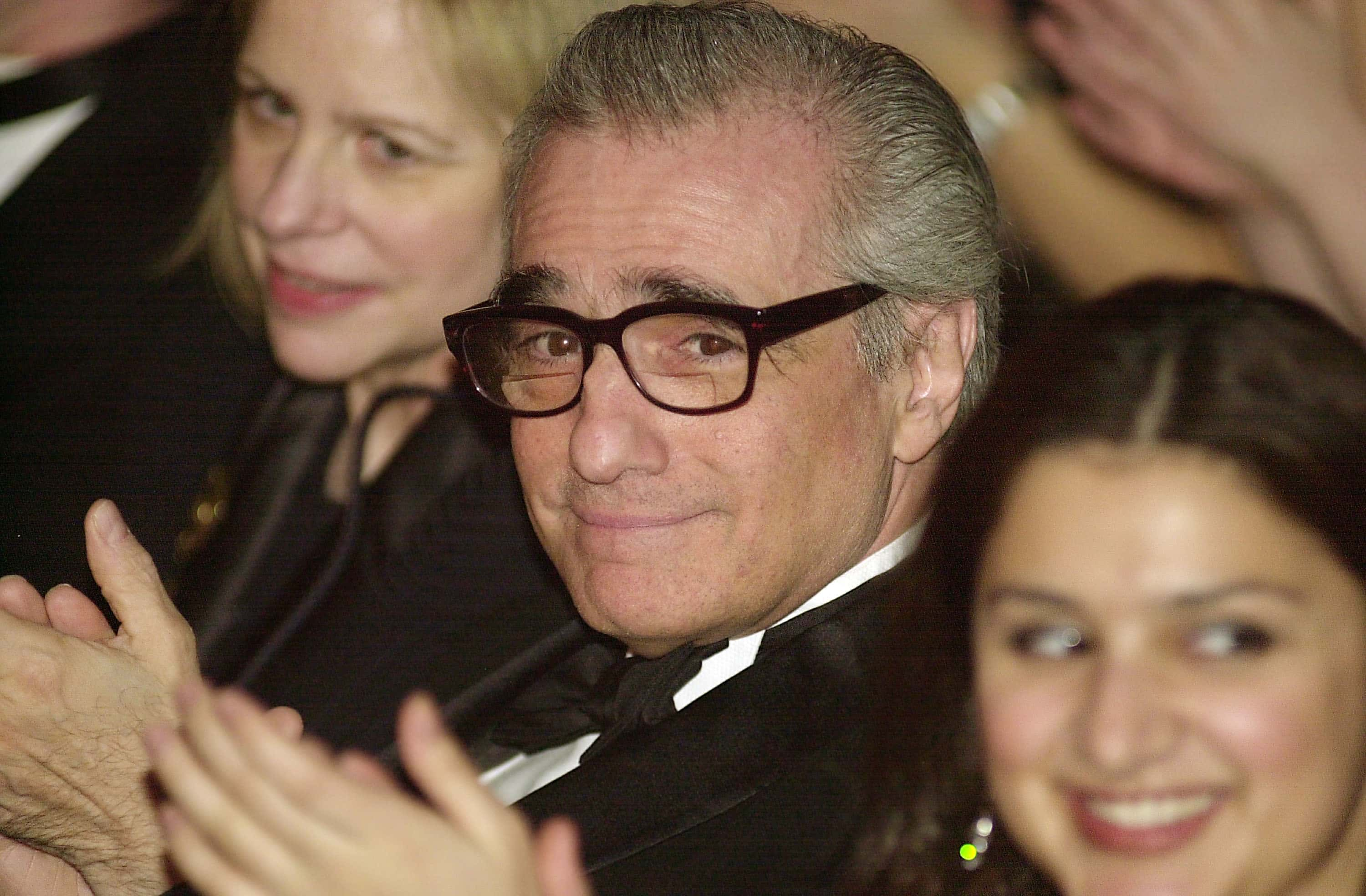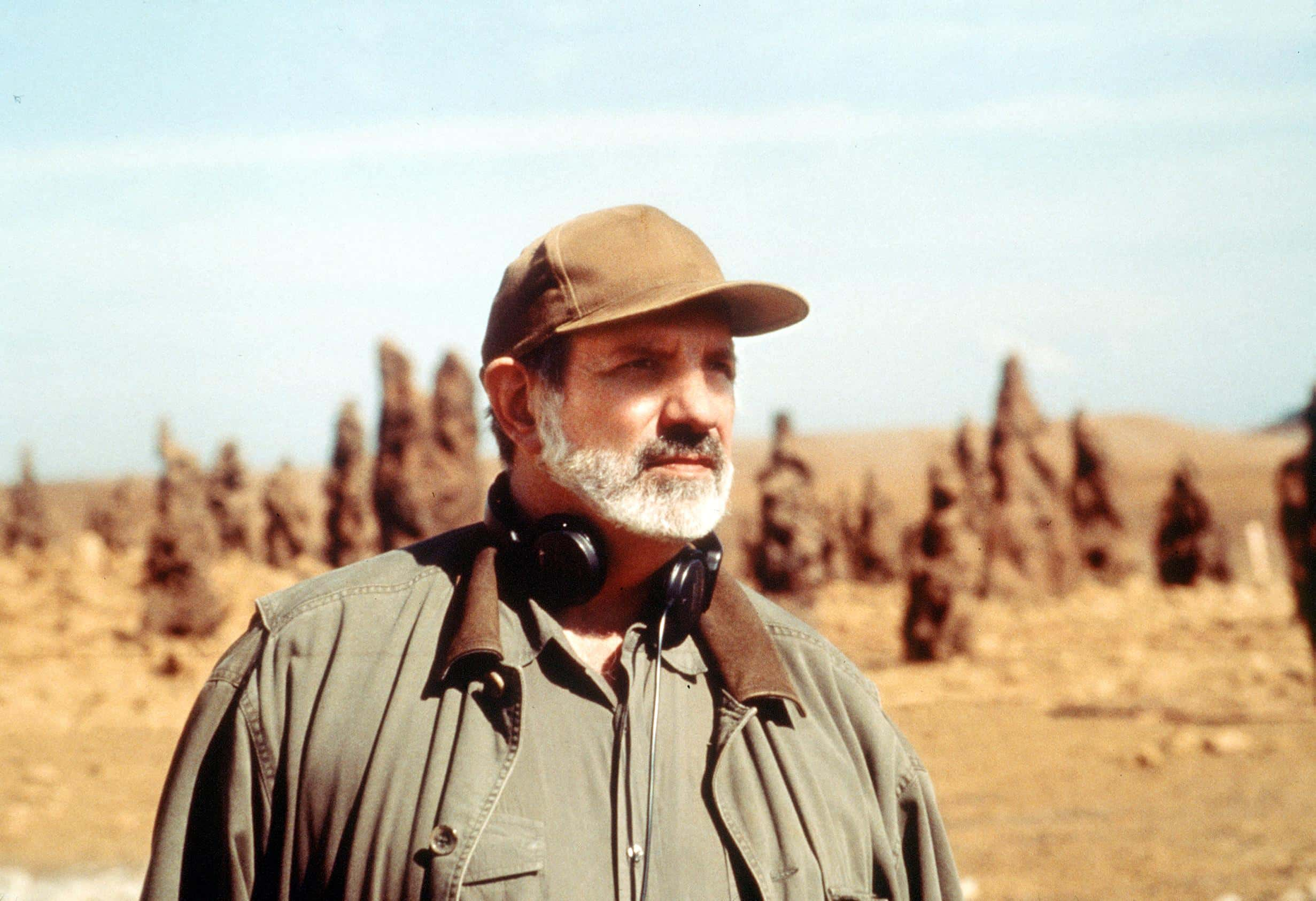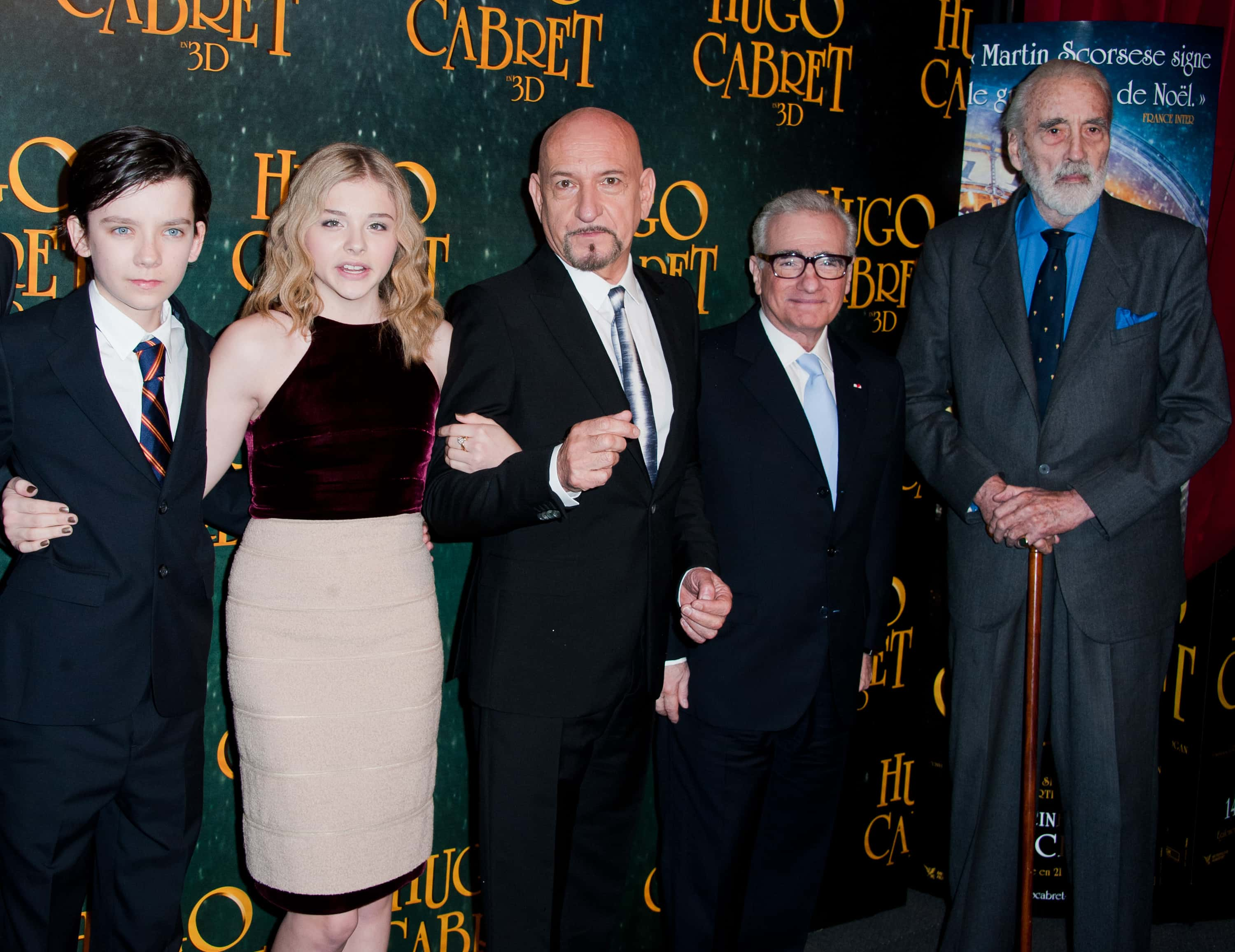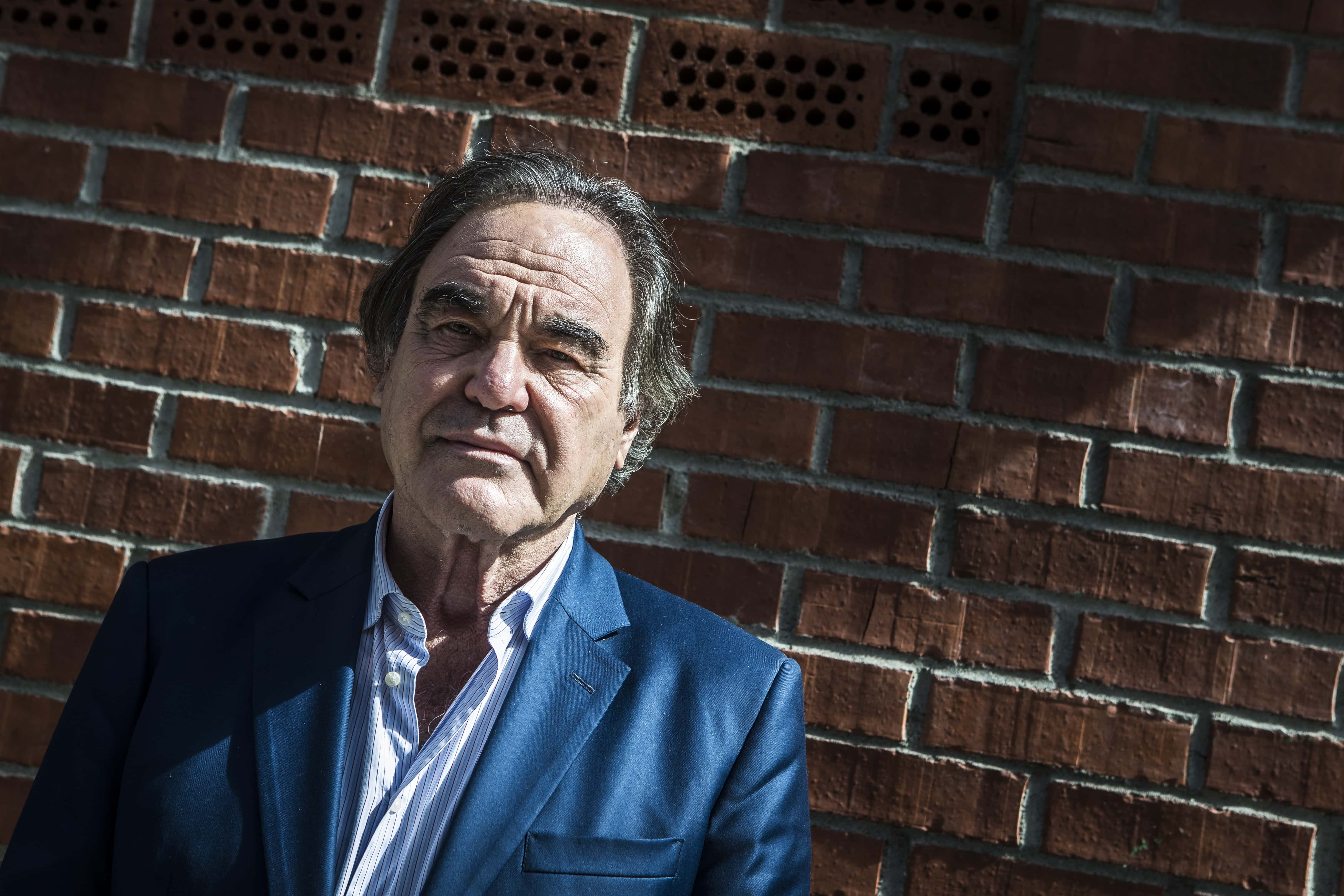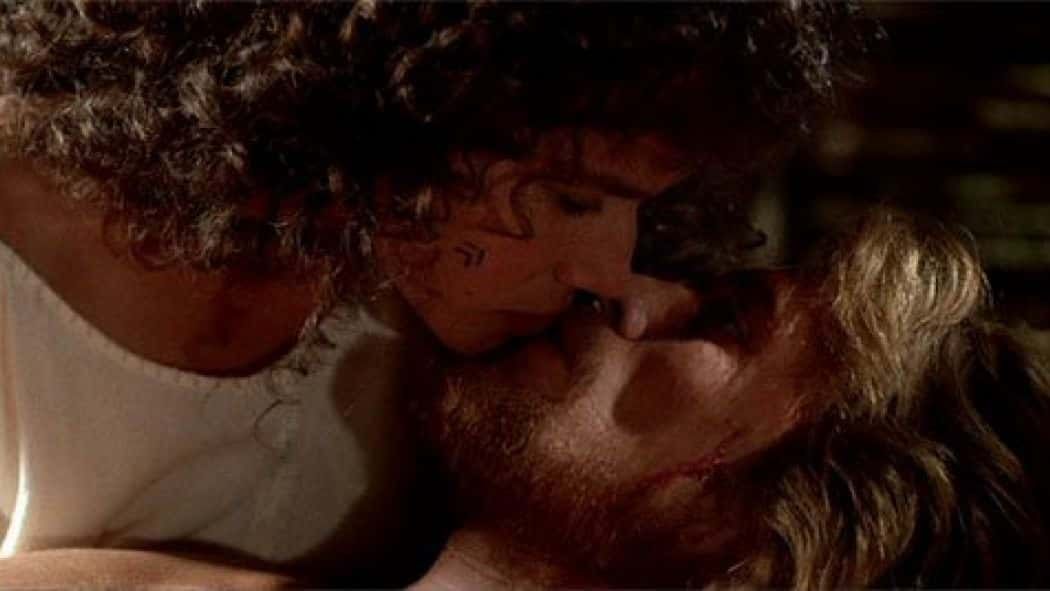It’s safe to say that Martin Scorsese is one of the most successful arthouse directors in modern American history. Although he has consistently avoided blockbuster films, focusing on movies that are often R-rated, his career is celebrated worldwide. He has inspired generations of filmmakers and helped launch the careers of so many different people. So, who is this famous filmmaker and what made him the way he is? Read our list to find out!
1. New York, New York
Scorsese was born on November 17, 1942, in New York City’s Queens borough. He would grow up in Little Italy, the son of parents Catherine and Charles Scorsese, whose families were both originally from the Sicilian city of Palermo.

2. Hi Mom! Hi Dad!
Speaking of Scorsese’s parents, Charles and Catherine would appear in several of their son’s films over a course of three decades. You might remember Catherine as the doting mother of Joe Pesci’s character in Goodfellas (which also features Scorsese’s father, Charles, as the prison inmate who puts too many onions in the sauce). Catherine also has a memorable role in Casino (her last appearance in her son’s films) where she berates her Mafioso son for swearing too much. That last one seems a bit meta…
3. My Old Friends
Scorsese was one of the primary figures in the “New Hollywood” movement of the 1970s. Also included in this movement were equally acclaimed filmmakers Francis Ford Coppola, George Lucas, Steven Spielberg, and Brian De Palma. Many years later, at the 2007 Academy Awards, Lucas, Spielberg, and Coppola would present Scorsese with his very first Academy Award for Best Director.
4. God Bless
As a child, Scorsese was an altar boy at Old St. Patrick’s Cathedral. He would later return to that church to film scenes for his films Mean Streets and Who’s That Knocking at My Door. Film students will also remember the cathedral as being the place where Michael Corleone’s nephew is baptized in The Godfather.
5. It’s a Start
After completing his film studies, Scorsese first found work in the entertainment industry as an editor for Roger Corman, the B-movie king of American cinema. Corman eventually gave Scorsese the chance to direct a film. The conditions were that it was to be a sequel to Corman’s earlier film Bloody Mama, it had to be done in 24 days, the budget couldn’t exceed $600,000, and there needed to be bare-all scenes every 15 pages or so. Like any hungry graduate of film studies, Scorsese accepted the mission and made the film Boxcar Bertha.
6. Stepping Stone
Although most people have little praise for Boxcar Bertha (Scorsese’s own friend and mentor, filmmaker John Cassavetes, denounced it as “a piece of s***”), the exposure gave Scorsese the early clout he needed. The experience also taught him everything he needed to know about how to make a film under budget and how to make it as efficiently as possible under a deadline. This would lead to Scorsese making the ultra-low budget film Mean Streets, which has often been seen as his real breakthrough as a filmmaker.
 Mean Streets (1973), Warner Bros.
Mean Streets (1973), Warner Bros.
7. Special Appearance
Although he claims to be uncomfortable as an actor in front of the camera, Scorsese has made appearances in his own films on occasion. His most famous cameo is a scene in the film Taxi Driver, where he plays a jealous husband spying on his adulterous wife. Scorsese initially had no intention of taking the role, but the actor he had hired for the scene called in sick and so Scorsese stepped in at the last minute.
 Taxi Driver (1976), Columbia Pictures Corporation
Taxi Driver (1976), Columbia Pictures Corporation
8. The Student has Become the Master
Scorsese studied at the New York University, earning his BA in 1964 and his MFA in 1966. In the early 1970s, Scorsese would return to the university as an instructor. One of his students would later go on to have an incredible film career of his own. You might know him as Oscar-winning filmmaker Spike Lee.
9. Classmates
In 1967, during his university years, Scorsese made I Call First, his very first feature-length film. It would later be called Who’s That Knocking at My Door, and it featured Harvey Keitel in the cast and Thelma Schoonmaker in the crew—both of whom were Scorsese's fellow students at NYU. Schoonmaker would go on to edit nearly all of Scorsese’s films, while Keitel has been a recurring actor in Scorsese’s filmography ever since.

History's most fascinating stories and darkest secrets, delivered to your inbox daily.
10. Passion Projects
Ever since the 1970s, Scorsese had three passion projects which he spent decades trying to make. The first one to be made was the 1988 film The Last Temptation of Christ, a film where Jesus is given a vision of what his life might be if he were to renounce his mission and avoid crucifixion. The second film made was the 2002 historical epic Gangs of New York. The third film (yet unmade as of 2019) is a biopic of Rat Pack member Dean Martin.
 The Last Temptation of Christ, Universal Pictures
The Last Temptation of Christ, Universal Pictures
11. A Quarter Century in the Making
Speaking about passion projects, Scorsese first read the Japanese novel Silence in 1989, which is about Catholic missionaries in 17th century Japan. Scorsese would spend 26 years trying to get a film adaptation off the ground. The film Silence was eventually released in 2016, starring Andrew Garfield and Adam Driver.
12. Talk About a U-Turn
By the mid-1980s, Scorsese was determined to put the Mafia genre behind him. However, he changed his mind when he read a copy of Nicholas Pileggi’s book Wiseguy. According to Pileggi, Scorsese personally called the writer’s home and told Pileggi, “I’ve been waiting for this book my entire life". Pileggi allegedly replied, “I’ve been waiting for this phone call my entire life". Goodfellas would become such a success for Scorsese and Pileggi that they would reunite for the Las Vegas Mob film Casino.
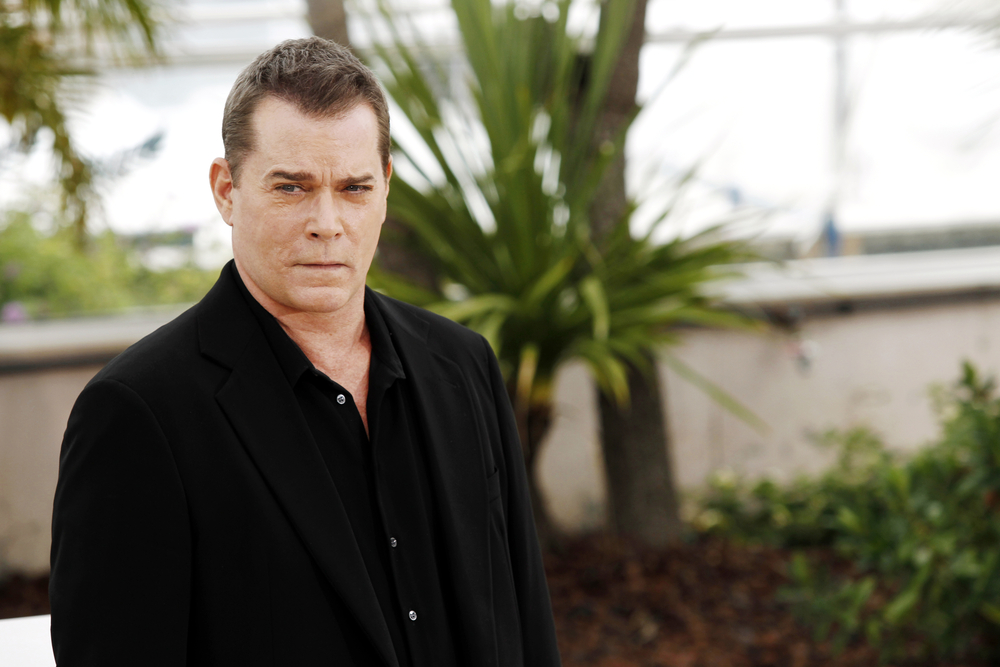
13. You Scratch My Back…
Scorsese directed the 1978 documentary The Last Waltz, following a concert featuring The Band in their alleged final performance. Scorsese happens to be an old friend of The Band’s lead guitarist Robbie Robertson. Less than a decade after The Last Waltz was released, Robertson would produce the soundtrack for Scorsese’s film The Color of Money.
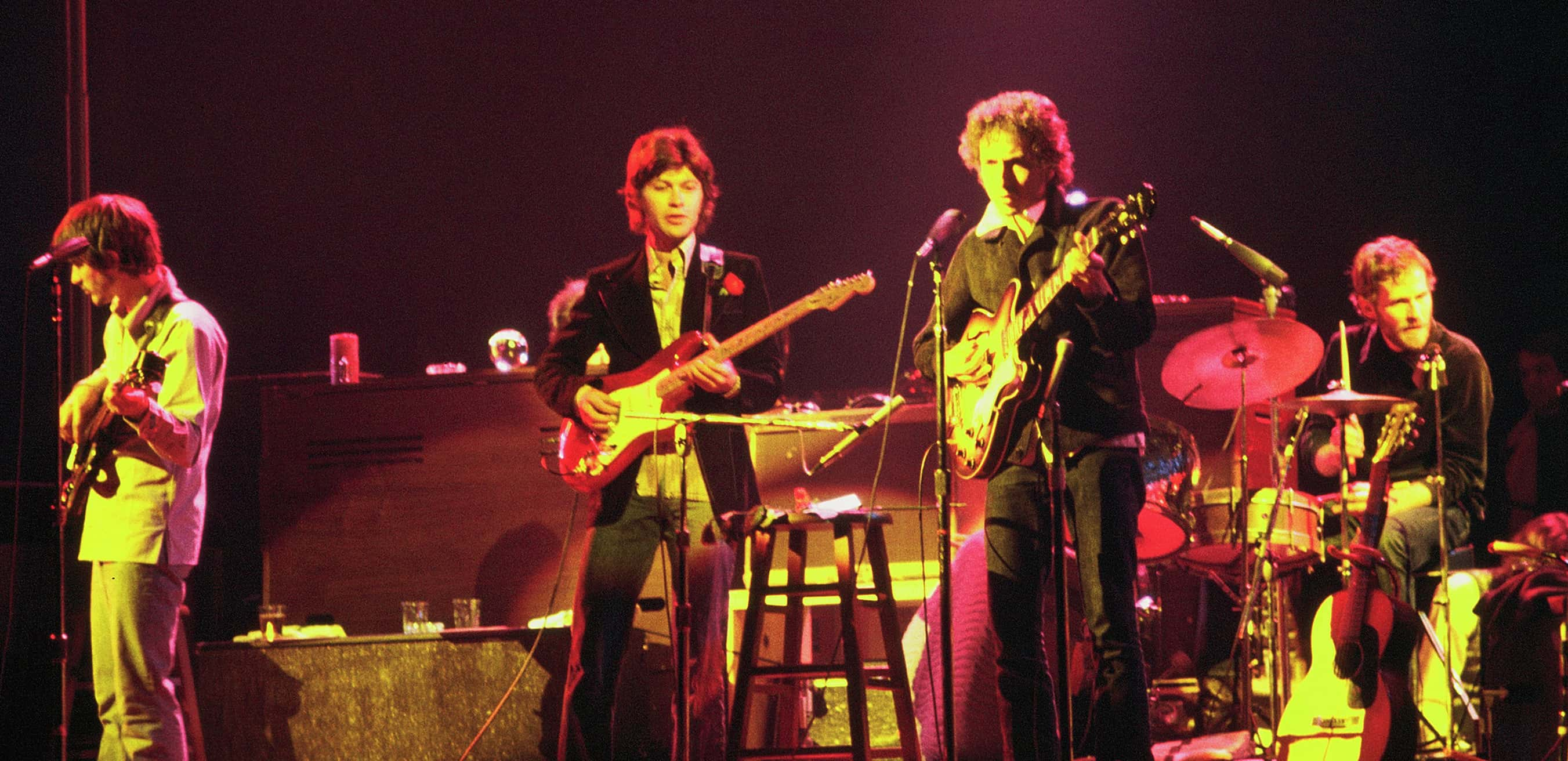 Wikimedia Commons, Jim Summaria
Wikimedia Commons, Jim Summaria
14. Frequent Collaborators
Despite the many different people who have acted in Scorsese films, there’s a small number of thespians who have been regularly cast over the years. The three most prominent of these would be Italian-American actors Robert De Niro, Joe Pesci, and Leonardo DiCaprio. As of 2019, Scorsese has made nine films with De Niro, four with Pesci, and five with DiCaprio.

15. It’s About Time, Dad!
One of Scorsese’s only PG-rated films is the family movie Hugo, which serves in part as a love letter to the early days of cinema. The film was also the first time that Scorsese filmed a movie entirely in digital, and in 3-D. Scorsese would later admit that one reason he made Hugo was so his young daughter would be able to watch one of her father’s films.
16. I’d Call That a Bad Reception
In 1997, Scorsese released the film Kundun about the fourteenth Dalai Lama of Tibet and his struggles against oppression from the Chinese. As you can imagine, the Chinese government didn't exactly approve of the film, and they temporarily banned Scorsese from entering the country after its release. The film also damaged the relationship between China and Walt Disney Co., and it wasn't repaired until Disney formally apologized while talks for Shanghai Disneyland were firming up.
17. Indoor Hobby
Scorsese’s lifelong love of movies began during his childhood, due in part to his asthma. The condition prevented Scorsese from participating in sports, so his parents would take him to the cinema instead. The rest, of course, is history.
18. You’re a Star!
On February 28, 2003, Scorsese was awarded a star on Hollywood’s Walk of Fame. You can find it at 6801 Hollywood Boulevard.
19. The Scorsese Touch
As of 2019, Scorsese has been the executive producer of two HBO historical drama series. One was the highly acclaimed Boardwalk Empire, which deals with bootleggers in Atlantic City during the 1920s. The other was the less successful series Vinyl, which followed the New York music scene in the 1970s. Scorsese also directed the pilot episodes of both series.
20. If You Can’t Beat ‘Em, Join ‘Em
Scorsese has long had a reputation for defending the practice of capturing movies on film rather than digital. Eventually, however, Scorsese would concede that the battle against technological progress was “impossible to fight” and has switched to digital for his more recent films.
21. What a Coincidence
Scorsese’s 1986 film The Color of Money is a sequel to the 1961 Paul Newman classic The Hustler. One of the people who appeared in the latter film is former boxing champion Jake LaMotta, who portrays a bartender. Interestingly, Newman was convinced of Scorsese’s worthiness to direct a sequel to The Hustler by watching Raging Bull, a biopic of LaMotta.
22. This Won’t Age Well
One of the more bizarre entries in Scorsese’s filmography is the music video for Michael Jackson’s “Bad". The original version of the video goes from black-and-white to color and is over 15 minutes in length. This was, of course, back when Jackson was still at the height of his fame and far from any of the scandals which would emerge later in his life.
23. So Long, Elvis
Speaking of Jackson, Scorsese not only worked with the King of Pop, but also the King of Rock & Roll! In 1972, the documentary Elvis on Tour was released, the final film featuring Elvis Presley. Scorsese was one of the crew who worked on the film. We can only hope that Presley lived long enough to thank Scorsese very much for his efforts!
24. No Thanks
Being such a famous and successful filmmaker naturally resulted in Scorsese being offered the chance to direct several films which he would turn down for various reasons. One such film was the gangster flick Clockers, for which he would instead suggest his former student Spike Lee to direct (Scorsese would remain attached to the project as a producer). When Francis Ford Coppola was reluctant to direct The Godfather: Part II, he suggested that Scorsese take the directing job instead, but Paramount Pictures remained firm on getting Coppola back.
Spike Lee
25. I Was There
One of Scorsese’s earliest jobs in the entertainment industry was working as an assistant director and assistant editor on the 1970 documentary titled Woodstock. The film chronicled the epic concert which had occurred the year before, still seen as a watershed moment for the hippie movement in American history.
26. Heck of a Start!
Actress Jodie Foster famously made her career by appearing in Scorsese’s films as a child actor. She first worked with him on the 1974 film Alice Doesn’t Live Here Anymore before co-starring in the film Taxi Driver as Iris, a working girl. It was for the latter film that Foster received her first Oscar nomination.
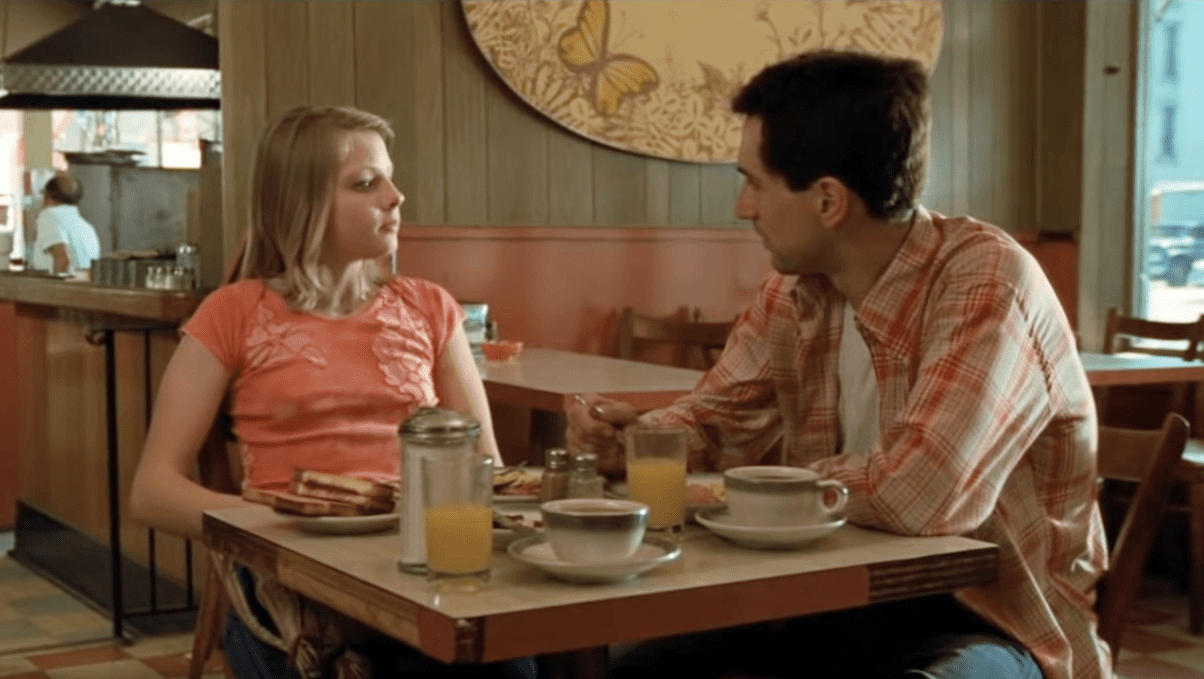 Taxi Driver (1976), Columbia Pictures Corporation
Taxi Driver (1976), Columbia Pictures Corporation
27. One Out of Eight Ain’t Bad, Right?
As of 2019, Scorsese has directed eight films which were nominated for Best Picture at the Academy Awards. Of these films, only The Departed actually won the coveted prize. For anyone curious, the other seven projects were The Wolf of Wall Street, Gangs of New York, Hugo, The Aviator, Raging Bull, Taxi Driver, and Goodfellas.
28. The Elite Four
Speaking of the Academy Awards, Scorsese is one of just four directors who has directed actors into Oscar-winning performances in all four acting categories (Best Actress, Best Actor, Best Supporting Actor, Best Supporting Actress). The only other directors to achieve this were Elia Kazan, Hal Ashby, and William Wyler.
29. Married with Children
Scorsese has been married five times as of 2019. Two of these marriages (to Isabella Rossellini and Julia Cameron) lasted less than three years. His most recent marriage, to Helen Morris, began in 1999 and the couple are still together. Scorsese has had three children with three of his wives, all of them daughters.
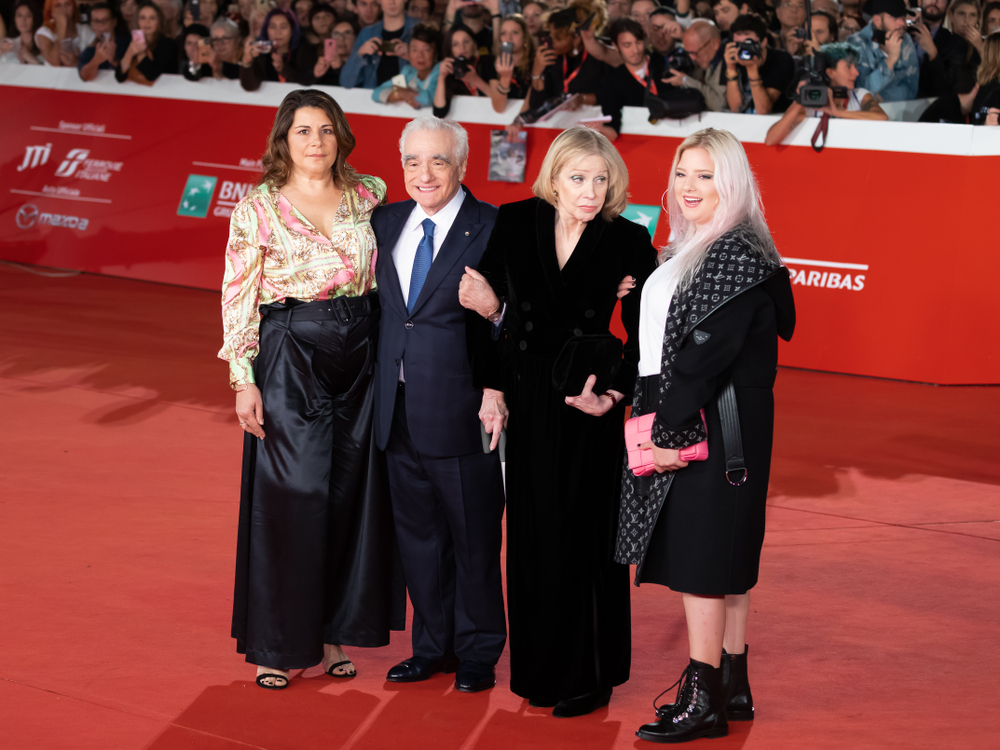
30. In My Humble Opinion
Scorsese was once asked by Sight & Sound to name the ten films which he considered to be the best ever made. Scorsese was unable to pick just ten, choosing twelve instead. His choices were Vertigo, Paisa, The Red Shoes, 2001: A Space Odyssey, Citizen Kane, 8 ½, The Leopard, The River, Ugetsu, The Searchers, and Salvatore Giuliano.
31. I Think You Mean 13
One peculiar eccentricity that Scorsese has is a fear of the number 11. As a result, Scorsese allegedly avoids staying in hotel rooms numbered 11.
32. Good Old Brian
One person to whom Scorsese will be forever grateful is acclaimed filmmaker Brian De Palma. According to Scorsese, De Palma introduced him to Robert De Niro (and received a Thank You credit in Mean Streets as a result). De Palma also introduced Scorsese to screenwriter Paul Schrader, who would collaborate with Scorsese on some of his best films, including Raging Bull and Taxi Driver.
33. Does That Technically Count as a Mid Life Crisis?
Scorsese spent his prom night at the Copacabana Club in New York City. Years later, Scorsese would return to the club to shoot several famous scenes for his gangster film Goodfellas.
34. Try, Try Again!
One of Scorsese’s ambitions is to film a biopic about legendary comedian Richard Pryor. As of 2019, he has not been able to make that film (though he did once try to make it starring Damon Wayans).
35. A Long Time Coming
Scorsese has long been a fan of British film company Hammer's horror movies, which they would produce for cheap and in great numbers. These films often starred renowned thespian Christopher Lee, and Scorsese would eventually befriend Lee. Despite that, however, it wasn’t until Scorsese’s 2011 film Hugo that he cast Lee in one of his films. When Scorsese approached Lee about making the film, Lee reportedly declared “It’s about time!”
36. What are the Odds??
As a young man, Scorsese was obsessed with a lesser-known film called The Tales of Hoffmann. A local video store had just one copy of the film, and Scorsese would regularly rent it (we’ll pause and let the younger readers look up what a video store was). Bizarrely, one other kid tried renting the movie just as frequently—and he also happened to grow up to be a famous filmmaker. That youth was George Romero, whom you have to thank for some of the best zombie movies ever made. Romero would reflect on this feud with Scorsese, joking that the two of them were the only ones renting that movie.
37. Can’t Wait for This One!
Scorsese’s most recent film, The Irishman, is not only his most expensive film to date (budget estimates range from $175-200 million), it is also Scorsese’s first feature film with Netflix. The film project reunites him with regular collaborators Robert De Niro, Joe Pesci, and Harvey Keitel. The film will also make use of elaborate visual effects to de-age its stars by up to 30 years in order to portray a story which spans decades. The film will also star Al Pacino, and it may also feature Leonardo DiCaprio in a minor role, which would make it the first time that he and De Niro have ever both worked with Scorsese at the same time!
38. Let’s Get Epic
Scorsese has always been fascinated by the history of New York City. In 1970, Scorsese read the 1927 book The Gangs of New York: An Informal History of the Underworld, and he was convinced to make a movie about the forgotten time period of New York City during the Civil War. Although he bought the rights to the book in 1979, Scorsese would not get a film project moving forward until twenty years later. Gangs of New York would end up costing $100 million to make; it was Scorsese’s most expensive film project until The Wolf of Wall Street in 2013.
39. I Thought There’d Be More…
Surprisingly, despite being well-known for directing films about the Mafia, only five of Scorsese’s feature films as of 2019 have been mob movies. For anyone who doesn’t know, they are Mean Streets, Casino, The Departed, Goodfellas, and The Irishman.

40. Well Done!
One of the most well-known students taught by Scorsese at New York University was none other than Oliver Stone. According to Scorsese, he was struck by the Vietnam War veteran’s stoic introversion and was impressed by his student film Last Year in Viet Nam. Scorsese gave Stone an A for that film, and years later, Scorsese would present Stone with his second Best Director Oscar for Born on the Fourth of July.
41. Thank God!
Incredibly, despite his love for cinema, Scorsese was initially preparing to become a Catholic priest rather than a filmmaker! He even attended a preparatory seminar before failing out of the program. Film buffs everywhere are doubtless very grateful to whoever decided to flunk him!
42. Musical Chairs
Speaking of turning down projects, Steven Spielberg offered Scorsese the chance to direct the big-budget Holocaust film Schindler’s List. Scorsese would turn down the opportunity, insisting that a Jewish director had to make that film. At the time, Spielberg had been set to direct the film Cape Fear, a remake of an earlier thriller of the same name. When Spielberg was convinced to direct Schindler’s List himself, he gave Cape Fear to Scorsese, which became one of his first mainstream films.
 Cape Fear, Amblin Entertainment
Cape Fear, Amblin Entertainment
43. Turning Point
By the late 1970s, Scorsese was depressed after the failure of his musical film New York, New York and in the grips of a serious coke addiction. He only gave it up when his friend and collaborator Robert De Niro convinced Scorsese to kick his habit and work with him on a promising film project. Scorsese agreed, and the two of them made Raging Bull, the highly acclaimed biopic about boxer Jake LaMotta. Scorsese would later credit the film project and De Niro as having saved his life.
44. The Backlash
The implication in The Last Temptation of Christ that Jesus had had an intimate relationship with Mary Magdalene was met with such opposition from fundamentalist Christians that some French theatres were burned down. The film is still banned from television broadcast in Bulgaria.
45. The Gunman
Taxi Driver, and in particular, its young star, Jodie Foster, feature heavily in a famous assassination attempt. Troubled gunman John Hinckley Jr. was so taken by the actress that he plotted to shoot president Ronald Reagan. This was supposed to impress Foster.

Sources: 1, 2, 3, 4, 5, 6, 7, 8, 9, 10, 11, 12, 13, 14, 15, 16, 17, 18, 19, 20, 21, 22, 23, 24, 25, 26, 27, 28, 29, 30, 31








